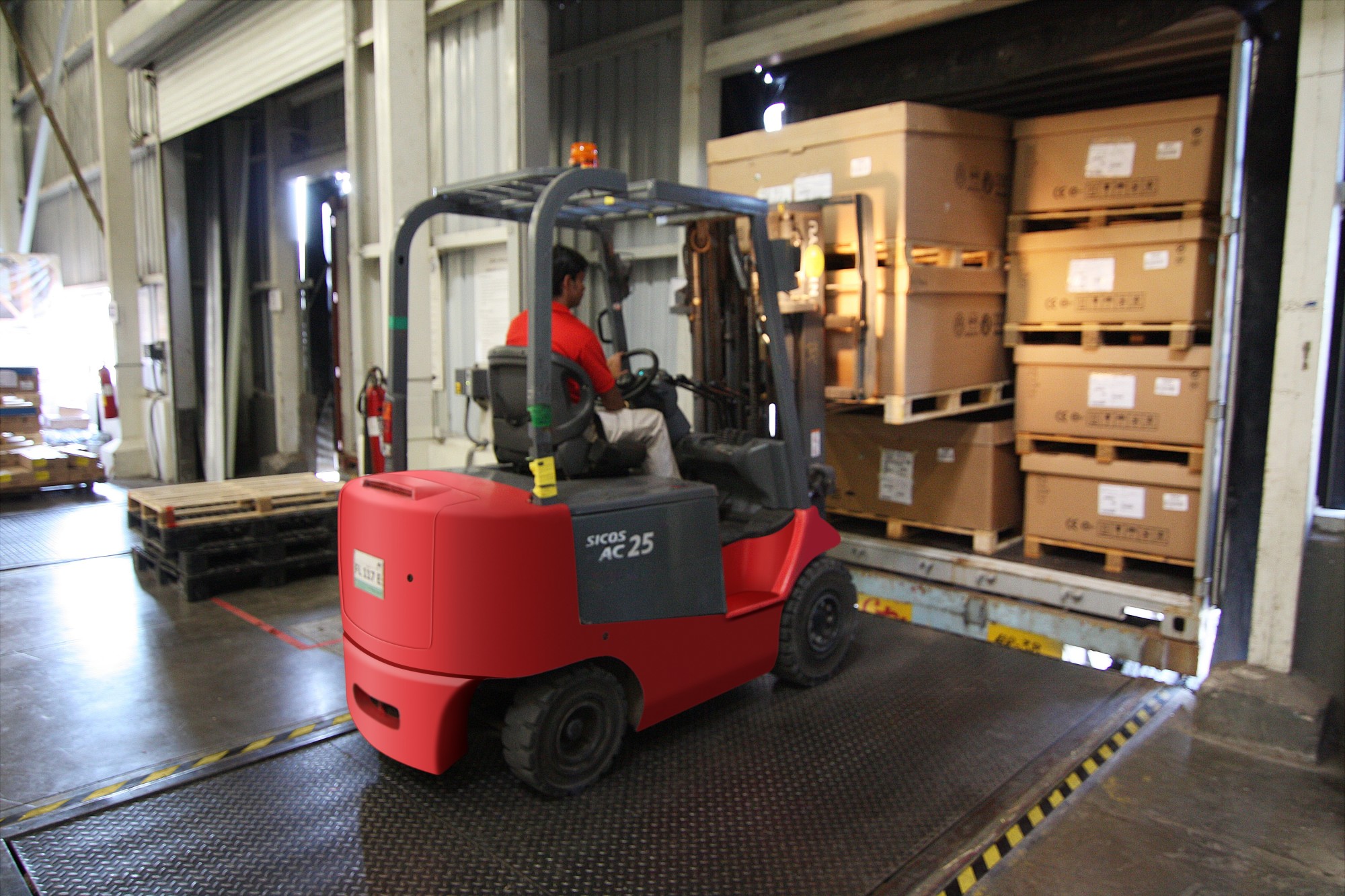Inventory control is essential for the ongoing reputation of your business. Especially in the automotive industry which has undergone rapid growth over the last two decades. Warehouse managers spend a huge amount of their time on inventory chores.
Because of this, it is vital to automate and speed up any task to free up time for more pressing matters.
Read on for some key warehouse equipment for storage and material handling that will enhance your warehouse operations.
1. Platform Truck
A platform truck is a type of hand truck designed for handling and transporting bulky objects from one location to another. Its structure is typically composed of a platform, which can be varied in depth and width, attached to a base or a frame. The platform itself usually has built-in runners that provide support for the load.
The platform truck typically has two handles or levers along the side so that it can be pushed or pulled. The wheels of platform trucks come in either rigid or swivel designs, allowing for easy maneuvering in tight spaces. Platform trucks are perfect for servicing offices, shops, restaurant kitchens, and other commercial establishments.
2. Sideloader
A sideloader is a type of material-handling machine used to lift and transport cargo materials. It is often used on construction sites, warehouses, and on docks to simplify lifting equipment and transporting. The format of the sideloader allows it to be used in areas that would be problematic with a standard forklift.
This includes the movement of long objects through narrow aisles and the moving and stacking of objects of varying heights and sizes. They can be equipped with a variety of attachments and accessories to increase the range of materials that can be transported. Sideloaders offer a degree of flexibility and efficiency in the handling and transport of materials.
3. Swing Reach Forklift
Swing Reach Forklifts is a type of forklift that has the ability to reach out to the side and turn around to place objects in confined spaces and hard-to-reach places. This special type of forklift has a variety of applications that make it ideal for businesses and warehouses. It has a 360-degree rotating and telescopic arm that can reach out up to nine feet.
It is a very versatile piece of equipment and reduces work injuries due to its ability to reach out and turn around. This tool is also useful in areas where there is limited warehouse space, as it can move items around quickly and efficiently. This makes the swing reach forklift one of the equipment used by warehouse operators and logistics companies.
4. Conveyor System
A conveyor system is the best equipment for the automated transport of equipment or materials from one location to another. The most basic conveyor system consists of pulleys with a rubber belt, that rotates around them. The pulleys are powered by a motor, and as the pulleys rotate, they move the material along the loop.
There are a variety of conveyors designed for different types of materials. These conveyors can be used in factories, bakeries, and warehouses. They can help to speed up the process of moving material and equipment from one place to the next. The advantages of using a conveyor system include reduced labor costs, improved safety, increased efficiency, and less stress on the machines used to move materials.
5. Overhead Crane
An overhead crane, also known as a bridge crane, is a type of crane fixed to a structural beam across two or more supports. Overhead cranes are most commonly used in industrial settings to move, lift and position loads such as large and heavy machinery, which is also perfect for automotive warehouses. The crane generally consists of an overhead hoist and trolley, a crane bridge, and an operator’s cab.
The operator’s cab is connected to the crane bridge and either rides along with the trolley or sits at a fixed point. Modern overhead cranes are designed with high levels of safety features, including warning alarms and emergency stop buttons.
Fixed and mobile overhead cranes have become increasingly popular because they are generally more cost-effective than other methods of material handling, and they are incredibly versatile, able to meet and surpass most material handling needs.
6. Automated Packers
An automated packer for an automotive warehouse is a machine that is used to quickly, safely, and efficiently package automotive parts. This machine is used to pack products properly and securely, helping to reduce breakage and damage. This machine can be customized to meet any customer needs, such as automatic sorting and carousel-style loading.
These are easy to use and can operate at a speed of a couple of thousand parts per hour, depending on the type and size of the parts. It is also equipped with several features, such as individual station counters, feeding and ejecting conveyors, and depth control that ensure reliable and accurate packing.
7. Handheld Database Device
A handheld database device is an electronic device used for tracking inventory and other aspects of a packing operation. The device typically integrates with a software-based system that stores product information. This includes:
- Type
- Size
- Quantity
- Price
- Part number
The warehouse PDA device can also be used to quickly and easily create barcodes. Employees can quickly access product information, track inventory counts, and even change pricing in real-time. This helps to improve inventory accuracy and reduce manual errors, saving time and money. With this powerful device, you can update your information and stay organized even when you’re on the go.
Invest in Warehouse Equipment Today
Well-managed inventory, efficient shelving and storage, and intuitive material handling equipment are essential for increasing productivity levels but there is so much more that can be done with the right selection of automotive warehouse equipment.
Investing in high-quality, reliable equipment can help you increase productivity, reduce costs, and stay ahead of the competition.
If you loved this article, make sure to browse our site for more advice and ideas.

